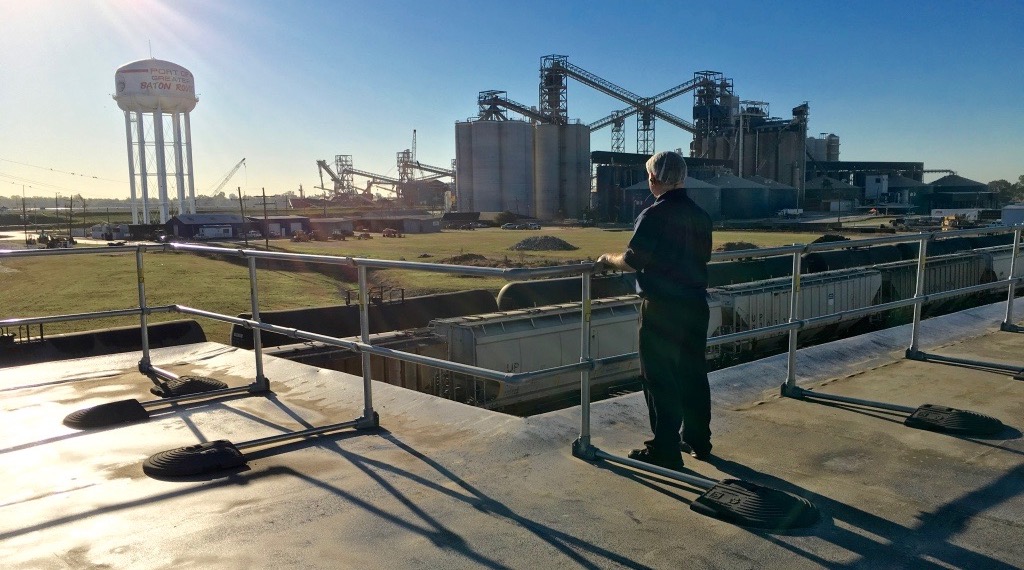Is OSHA Compliance for Fall Protection Good Enough?

Every day thousands of you are exposed to a fall hazard in the workplace.
Often times someone has already put forth the work to implement fall protection for you according to OSHA regulations.
But is that really enough?
Ever since the OSH Act in 1970, OSHA has ever increasingly become more thorough in its requirements. Whether it be a Letter of Clarification or updates to the code, OSHA is a great resource for the health and safety of you and your employees.
OSHA isn’t perfect.
It is unrealistic to expect OSHA to cover every industry, every scenario, in every environment. They do a fantastic job, however, if only abiding by the letter of the law you may be putting people at risk every day.
Ultimately the responsibility of safety, falls on you, the employer.
Though meeting the OSHA requirements will increase safety in your workplace, it will not create an environment free of all risk.
OSHA requirements are the bare minimum.
For most of you, following the rules of OSHA are required. However, rarely should you stop there.
The key is to use OSHA as a guide that lays out the minimum steps to reduce hazards. With that foundation, you can then use work experience and common sense to instill a deeper safety culture.
Some regional and local rules are more stringent than OSHA. That does not negate the need first to meet the federal regulations. Cal-OSHA, IBC, NYC Building Code, whatever it may be, these are only in addition to the rules set forth by OSHA.
OSHA is your baseline, not your catch-all.
You know your industry, employees, and your daily tasks better than anyone. We can understand that even a compliant guardrail will not protect everyone, every time.
As an example OSHA code states in 1910.29(b)(4) , “Guardrail systems are capable of withstanding, without failure, a force of at least 200 pounds (890 N) applied in a downward or outward direction within 2 inches (5 cm) of the top edge, at any point along the top rail.”
What happens if you apply 201 lbs of force on the top rail and it breaks or tips over? Was that a safe railing?
You can create a culture of safety in your company. This is a culture that encourages:
- Accountability among employees and managers.
- Safe working practices across the board.
- Vulnerability to disclose unsafe work practices.
- Ideas for improved processes.
Safety affects more than just your bottom line.
Developing and maintaining a safety-minded culture shows your people that you genuinely care about them. This will help in less turnover, higher productivity, and an increase in morale.
At the end of the day, we all want the same thing. We want people to have a safe and healthy work environment to provide income for themselves and friends/family. OSHA helps by laying a foundation.
It is up to you to make it a reality.




